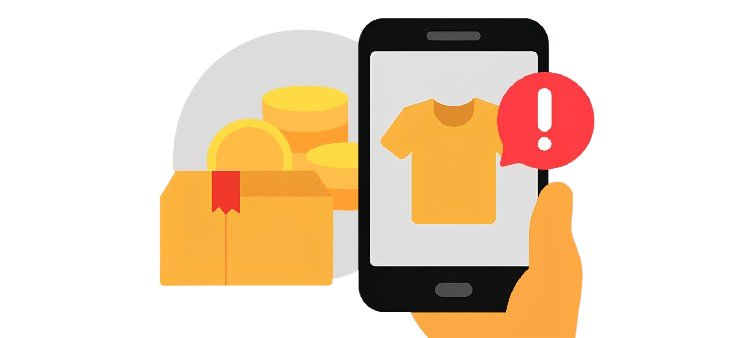What Is a Financial Assistance Scam?
A financial assistance scam is a fake offer of money, loans, or grants, often claiming to come from the government, charities, or well-known groups. These scams usually appear in emails, messages, or fake websites, trying to get your personal info or money.
How Do Financial Assistance Scams Work?
Scammers say you’ve qualified for financial help, but you’ll need to pay a small "fee" or give personal info to receive it. Once you do, they disappear — and you get nothing.
Example: A message says you're approved for $10,000 in aid but must pay $50 to claim it.
Signs of a Financial Assistance Scam
Watch out for these red flags:
- Requests for upfront payment.
- Urgent or “limited-time” offers.
- Messages from unfamiliar contacts or hacked accounts.
- Bad grammar or awkward wording.
- Requests for sensitive personal info.
- Refusal to provide official contact info.
What to Do If You Suspect a Financial Assistance Scam
If you think an offer of financial assistance might be a scam:
- Don’t reply or click links.
- Visit official websites to verify offers.
- Report the scam.
- Tell friends or family so they don’t fall for it too.
How to Protect Yourself from Financial Assistance Scams
Follow these tips to stay safe:
- Don’t pay fees for aid.
- Be cautious with messages offering free money.
- Avoid clicking on links in social media messages.
- Check offers on official websites.
- Use Trend Micro ScamCheck to scan links or emails.
What to Do If You’ve Already Been Scammed
If you've fallen victim to a financial assistance scam:
- Stop talking to the scammer.
- Report it to authorities.
- Contact your bank right away.
- Change your passwords if needed.
Tools to Identify Financial Assistance Scams
Use these tools to spot financial assistance scams:
- ✅Trend Micro ScamCheck
- 🔍Reverse image search
- 🛡️Browser safety warnings
Resources to Help You Learn More
Check out these trusted sources for more information:


